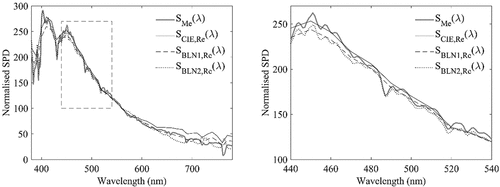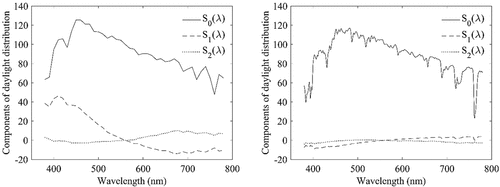Figures & data
Fig. 1. Schematic representation of the CIE (Citation2018b) reconstruction procedure approach to reconstructing daylight spectral power distribution () as a function of either chromaticity coordinates (
) or correlated color temperature (
).

Table 1. Compilation of the reconstruction methods of daylight
Table 2. Summary of the CIE and locally adjusted reconstruction approaches
Table 3. Percentage of colorimetrically “accurate” (), “good” (
), and “exact” (
) reconstructions depending on the reconstruction method
Table 4. values for three wavelength ranges and the complete wavelength range depending on the selected reconstruction method, color coded as follows:
,
,
,
Table 5. Mean (GFC) for sky conditions
Table 6. for summer and winter measurements
Fig. 3. Chromaticities of daylight in Berlin in the CIE 1931 chromaticity diagram compared to the CIE daylight locus. The diagram on the left shows the modeling data set from the 597,998 SPD measurements gathered in 2016 (left); the one on the right shows the validation data set from the 538,205 SPD measurements gathered in 2015 according to the procedure laid out by the CIE (Citation2018b), limiting the
from 0.25 to 0.38 (right).
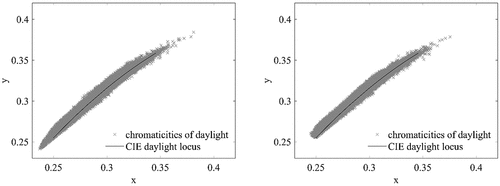
Fig. 4. Sky patches as defined in Tregenza (Citation1987, Citation2004) and the CIE (Citation1994). Patches shaded in gray were used for the accuracy analysis and sensitivity study; the patches used to examine atmospheric influences are circled in black.
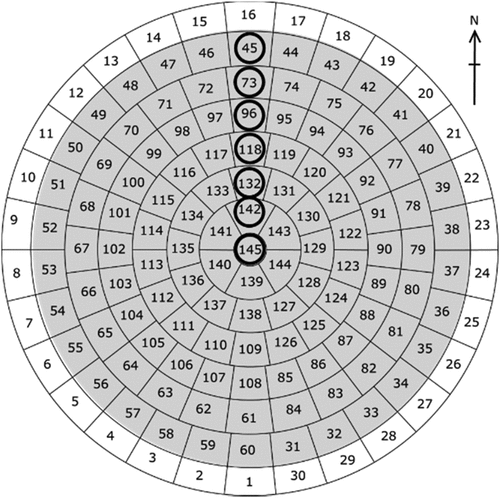
Fig. 6. Non-linear relation between chromaticities of daylight in Berlin (left) and the correlation between the daylight chromaticity coordinate and the inverse correlated color temperature
(MK−1) (right).
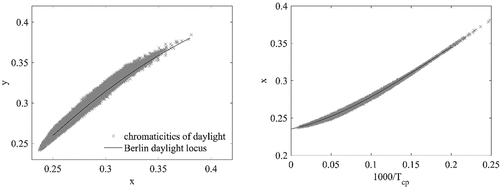
Fig. 7. Loci of the chromaticities of daylight obtained for different sites along with the CIE daylight locus and the Berlin daylight locus: Granada, Spain (Hernández-Andrés et al. Citation2001a, Citation2001b) (upper left); Vaulx-en-Velin, France (Chain Citation2004) (upper right); Bratislava, Slovakia (Rusnák Citation2014) (middle left); Berlin, Germany (Diakite et al. Citation2018) (middle right); Coburg and Bendigo, Australia (Dixon Citation1978) (lower left); Atsugi and Nagaoka, Japan (Kobayashi et al. Citation1997, Citation1996) (lower right).
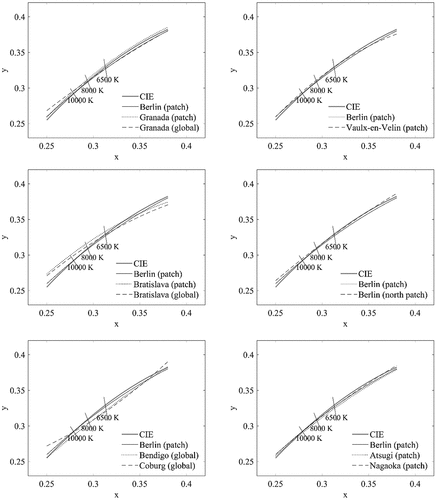
Fig. 8. Diagram of the procedure of deriving the Berlin components and Berlin weighting factors for SPD reconstruction.

Fig. 11. Diagram of the approach to determine the Goodness-of-Fit Coefficient () of the CIE reconstruction procedure and locally adjusted procedures (BLN1 and BLN2).

Table 7. Mean absolute percentage error [%] for α-opic quantities
Table 8. Root mean square percentage error [%] for α-opic quantities
Table 9. Mean percentage error [%] for the α-opic quantities
Fig. 13. Normalized measured spectral irradiance (-, gray, ) with the best achieved
conducted on 10 September 2015, at 14:58:13 CEST, with a solar altitude of 37.17°, for sky patch 114, with a
equal to 6016 K (overcast sky) compared to the corresponding reconstructions performed using: the CIE method (-,
); the BLN1 method, using
(--,
); and the BLN2 method, using
and components of the daylight distribution
,
, and
(:,
).
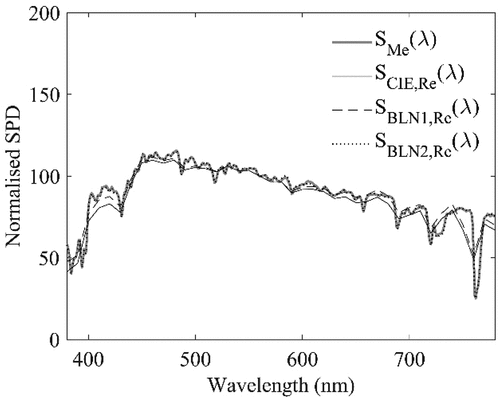
Fig. 14. Goodness-of-fit of the reconstructions as expressed by , as a function of the inverse correlated color temperature
. Upper left, calculated using the CIE method; upper right, the BLN1 method, using
; and lower left, the BLN2 method, using
and the components
,
, and
. The numerical data of the percentages of colorimetrically accurate reconstructions can be found in the supplemental material.

Fig. 15. Percentage of colorimetrically “accurate” () reconstructions according to sky conditions for each of the three methods. Upper left, the CIE method; upper right, the BLN1 method (
); and lower left, the BLN2 method (
and components
,
, and
). The values above the bars indicate the percentage of colorimetrically “accurate” (
) reconstructions.
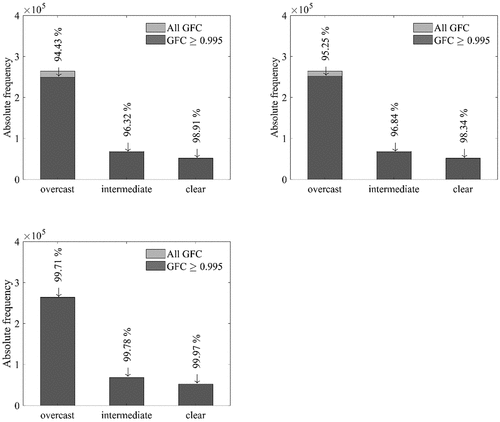
Fig. 16. Percentage of colorimetrically “accurate” () reconstructions according to seven sky patches (north and zenith direction, nos. 45, 73, 96, 118, 132, 142, 145). Upper left, the CIE method; upper right, the BLN1 method (using
); and lower left, the BLN2 method (using
and components
,
, and
). The values above the bars indicate the percentage of colorimetrically “accurate” (
) reconstructions.
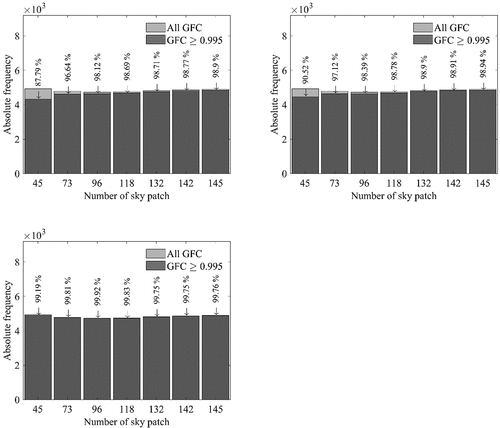
Fig. 17. An overall (left) and detailed (right) display of a normalized measured spectral irradiance (-, gray, ) retrieved on 30 March 2015, at 17:29:01 CEST, with a solar altitude of 18.09°, for sky patch 75 with
as well as the corresponding reconstructions performed using the CIE method (-,
); the BLN1 method, using
(--,
); and the BLN2 method, using
and components of the daylight distribution
,
, and
(:,
).
